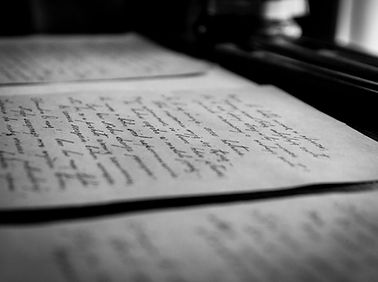
Historic Preservation
Historic preservation is a cornerstone of DAR. New York Daughters are proud to be involved in a variety of different projects, including several long-term, all around the state.



New York State Room
Daughters of the Empire State began their proud stewardship of the New York Room in 1910 when state societies were given the opportunity to sponsor various business rooms in Memorial Continental Hall. The New York Room was called the Founders’ Room, a memorial to the four Founders - Mary Desha, Mary Smith Lockwood, Ellen Hardin Walworth, and Eugenia Washington, while also serving as the office of the Recording Secretary General.
With the completion of the Administration Building in 1923, the room transitioned into a period room for the DAR Museum, and various antique furnishings were used over the years to represent a parlor or drawing room. Current museum pieces on display include an 1806 mahogany grand piano made by John Broadwood & Son of London, England, and a late classical style mahogany sofa presented by Founder Ellen Hardin Walworth, a New York Daughter.
For over a century, members and chapters across New York State have generously supported the upkeep of the room and its historically reproduced décor. A custom rug woven by Wilton Carpet Company in England was dedicated in 2010, while the wall covering was unveiled in 2016. Created by Adelphi Paper Hangings in Sharon Springs, New York, the wood block printed, hand-painted, and gilded wallpaper is a reproduction of the 1788 Jean Baptiste-Reveillon Arabesque design from Paris, France. Custom window treatments were installed in 2022 to complete the room’s current interpretation as an 1820s parlor where guests attending a ball at an upscale residence could escape to enjoy some games and music.
DAR Maintained Sites
DAR chapters own and/or maintain several sites and buildings around New York state, preserving historic structures and histories for generations.
These include:
-
Alfred Dunk House (Binghamton)
-
Birge-Horton House (Buffalo)
-
First Universalist Society Church (Huntington)
-
General Richard & Janet Montgomery House, (Rhinebeck)
-
Hervey Ely Mansion (Rochester)
-
Kate Cleveland Smith House (Plattsburgh)
-
Lasell Hall (Schoharie)
-
Madam Brett Homestead (Beacon)
-
Old Stone Schoolhouse (Orange Co.)
-
Partridge Sheldon House (Jamestown)
-
Patriots House (Albion)
-
Robert Jenkins House (Hudson)
-
Sleight-Tappen House (Kingston)
-
Van Schaick Mansion (Cohoes)


Valley Forge
Of all the places associated with the American Revolutionary War, perhaps none has come to symbolize perseverance, sacrifice, and patriotic fortitude more than Valley Forge. Many regard Valley Forge as the birthplace of the American Army. The concepts of basic training, the professionalization of the officer corps, and the rise of the Army’s distinctive branches, such as the Corps of Engineers, all started here.
But what happened at Valley Forge, and why was it chosen as the winter camp from December 1777 until June 1778? Each NYSO administration takes a journey to Valley Forge National Historical Park to get answers, myth or fact, and discover how the inhabitants of Valley Forge lived, who were the diverse people of the encampment, and their roles while there. During the American Revolutionary War, the encampment people worked together to keep the camp going as the fourth largest “city” of the time.
Many inspiring stories are often overlooked in the main narrative of Valley Forge encampment.
Genealogical Records
Daughters across the state participate in the vital work of collecting and transcribing original records to aid in genealogical research and preserving these informative resources for future generations. Examples include family bibles, papers, journals, court pleadings and other public records. The DAR has been transcribing records since 1913 and has created searchable resources in the renowned DAR Genealogical Library's collection.
Do you know of records in need of transcription? Contact your local DAR chapter today!

